Planning for the initial phase began in 2008 and the project was completed in 2018
The project began as a collaboration between Surrey County Archaeological Unit and Surrey Archaeological Society and developed with the particular support of the Department of Archaeology, University of Reading/QUEST and the Friends of Woking Palace, with the latter then taking a lead role in gaining HLF funding for further stages of the project, for which they won the 2018 Marsh Award for Community Archaeology.
The project was multi-faceted to achieve the objectives noted below, but had as its core seven seasons of excavation from 2009 to 2015.
The overall aims of the project were to:
The different organisations involved clearly varied in the weight they attached to these aims but all understood that they were closely interlinked and mutually supportive.
Many smaller ones along the way (eg Poulton 2017, part 1.3.8), but the big message is that community archaeological work can be entirely consistent with high academic standards and is appropriate for work on even the most important sites, including Scheduled Monuments like this. The excavation work needed to be organised to ensure that the type of work for volunteers matched their skills and that the archaeology was not put at risk, primarily through a deliberate focus on exposure of the tops of foundations and other features, with very selective removal of stratified deposits. There is no reason why many other important sites could not be approached in a similar way.
The Friends of Woking Palace website can be accessed here: http://www.woking-palace.org/
Further information on the publications written by SCAU can be found here: https://www.surreycc.gov.uk/heritage-culture-and-recreation/archaeology/archaeological-unit/spoilheap-publications
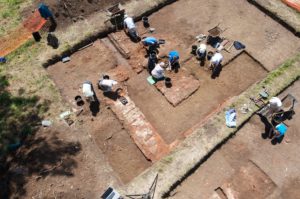 Staircase foundations in the royal lodgings of the late 15th century
Staircase foundations in the royal lodgings of the late 15th century
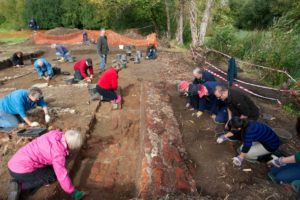 The Tudor perimeter wall
The Tudor perimeter wall
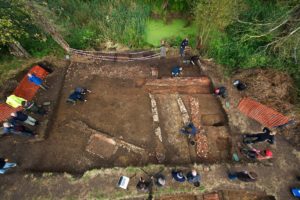 Medieval and Tudor foundations near the moat
Medieval and Tudor foundations near the moat
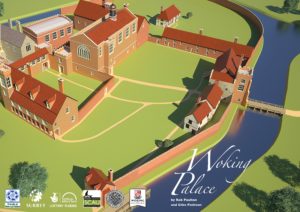 Booklet cover
Booklet cover
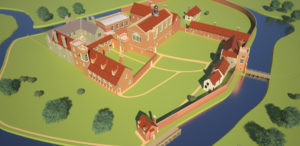 Reconstruction of the palace in the period of Henry VIII
Reconstruction of the palace in the period of Henry VIII
Bringing together senior members of staff from public and non-government bodies to work collaboratively on strategic matters for the historic environment sector.